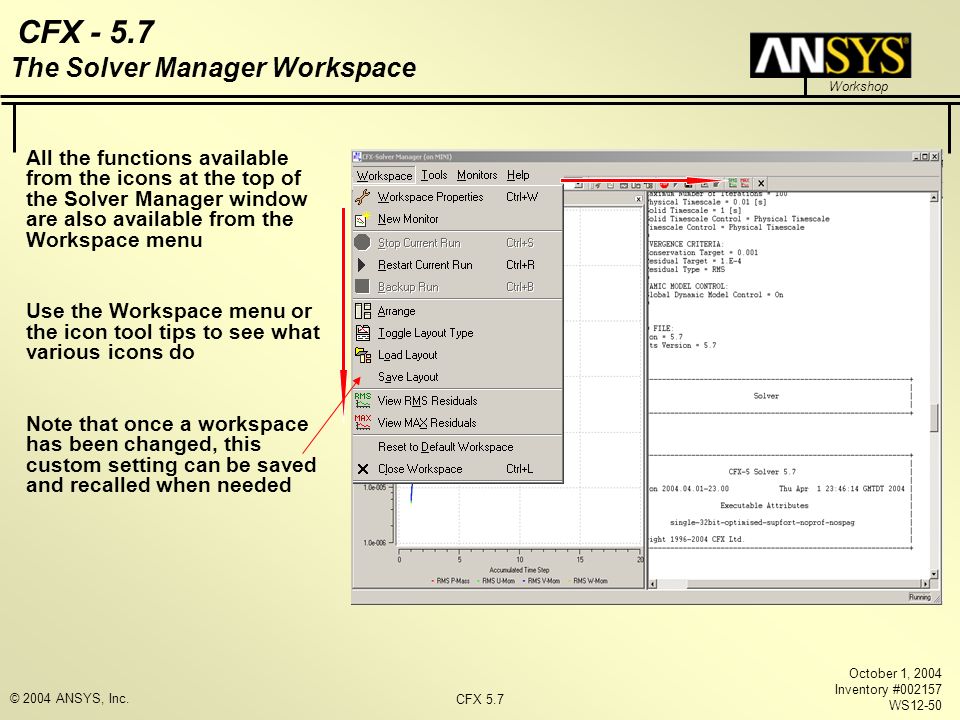

Select the required option, ranging from 0-None to 5-All.

Road Labels: Defines the level (number) of road labels that are displayed.
Cfx manager arrange manual#
When clicked, WME opens, enabling the user to set manual labels. When Enabled is set, the Select Manual Labels button appear at the bottom of the editor. Manual Labels: Defines whether manual labels, defined for the map, are displayed with the auto labels. Town 1K always appears/disappears at the same distance). Manual sets the distance where the labels should appear (see Start View under Map Data) providing a consistent behavior (e.g. Few show approximately 75 labels (or less), Average 100 labels (or less) and Many 150 labels (or less). Interactive: Enables the Auto Labels Quantity.Īuto Labels Quantity: Allows you to set the amount of labels that should be shown. The Auto Labels tab defines whether automatic labeling is enabled and the label designs used for automatic labeling.Īuto Labels: Sets the auto labels mode to disabled, enabled or interactive.ĭisabled: Does not use automatic labeling in the scene.Įnabled: Uses automatic labeling in the scene based on the defined designs and labels holder container. Parameter units are defined in the Definitions tab’s Units parameter. This parameter is only enabled if the Life Span is set to Manual. Manual: Displays the label on screen until the defined End View value is reached.Įnd View: Defines the map size at which the labels of the selected type disappears. Short: Displays the label on screen for a short period of time. Regular: Displays the label on screen for a medium period of time. Long: Displays the label on screen for a long period of time. Note that this setting is most useful for country and region types.įull: Displays the label at the defined Start View and remains on screen throughout the entire animation. Life Span: Defines the duration of the label appearance on screen. Start View: Defines the map size from which the labels of the selected type appears during the Navigator animation. Type: Sets the type of labels data to display. For every type of label selected in the list, set the required parameters. These settings are used when calculating label appearance in automatic mode. The Map Data tab defines settings for the label types received from the Viz World Server (WoS).

This section contains information on the Label Manager plug-in properties: In this case, there is less chance of resolving conflicts, but it has no overlaps. You set this for the 2DLabel (see Special section, Collision Mode = Tip Based) and when used with good and different presets it solves almost any problem, but if a you have a big marker there is always a chance of a marker overlap.īased on the bounding box, the entire (square) bounding box is calculated and used. Label Manger basically has two ways of detecting conflicts:īased on the marker (zero size) labels (bounding box) and the line between them. country) can have presets as well, which means their position can change slightly. Do not create a preset where the label is under the marker if you do not want to see it. When working with Label Manager, pay attention to and check all presets it uses to make sure that they are acceptable for the plug-in. The more presets and the bigger difference between them, the better chance overlaps are resolved. The Label Manager generates labels, based on the defined label designs, according to parameters defined in the Navigator plug-in, Label It objects and 2D Label objects in the label designs.įor the Label Manager to resolve conflicts, it needs different presets to work with. The Label Manager plug-in retrieves label information from Viz World Server and control the label’s appearance when working in an automatic label mode.


 0 kommentar(er)
0 kommentar(er)
